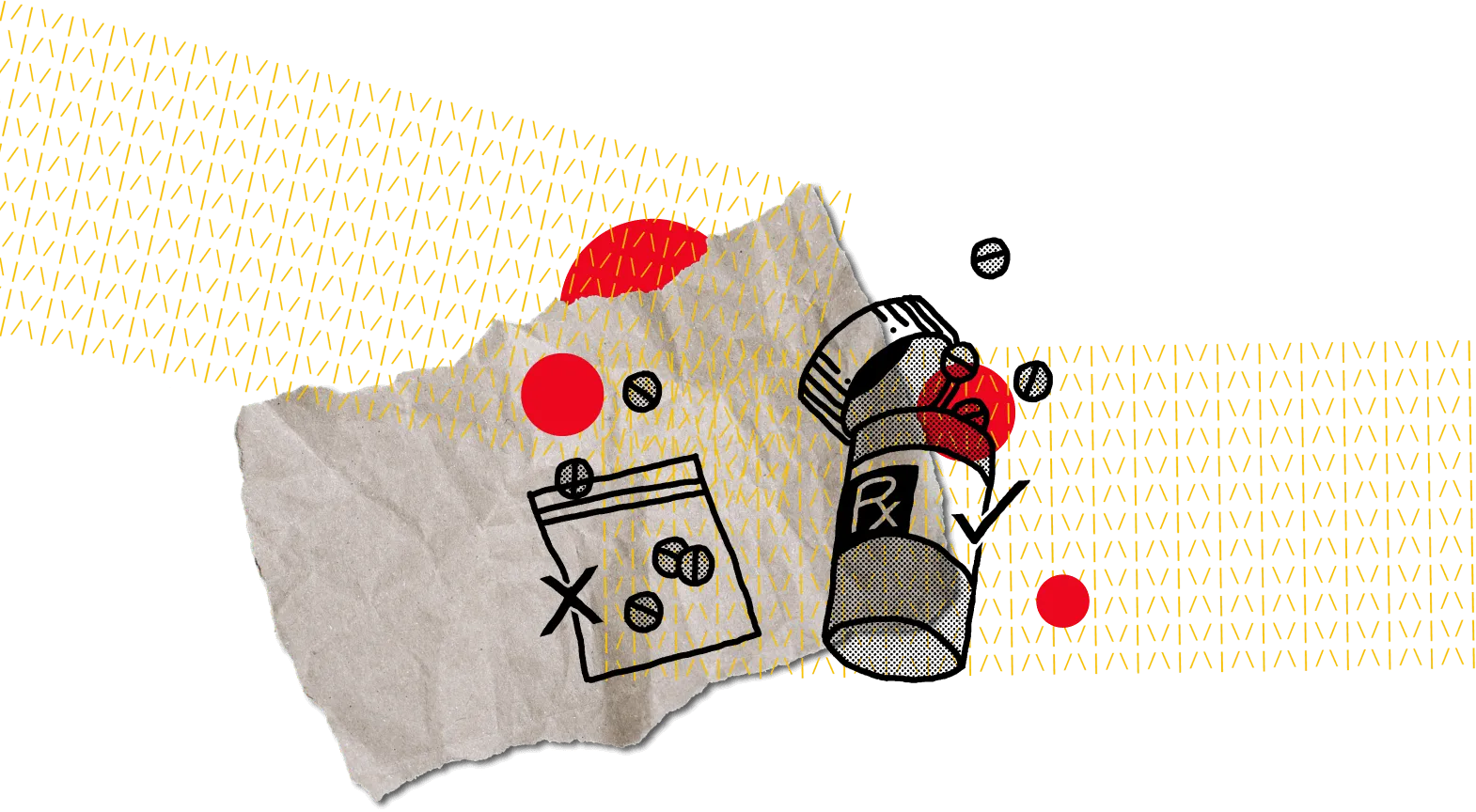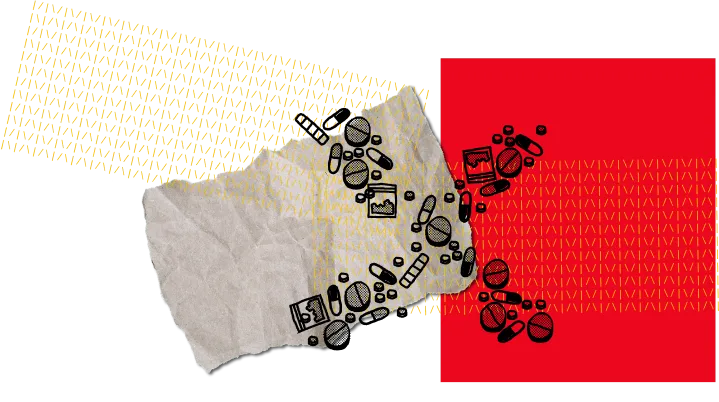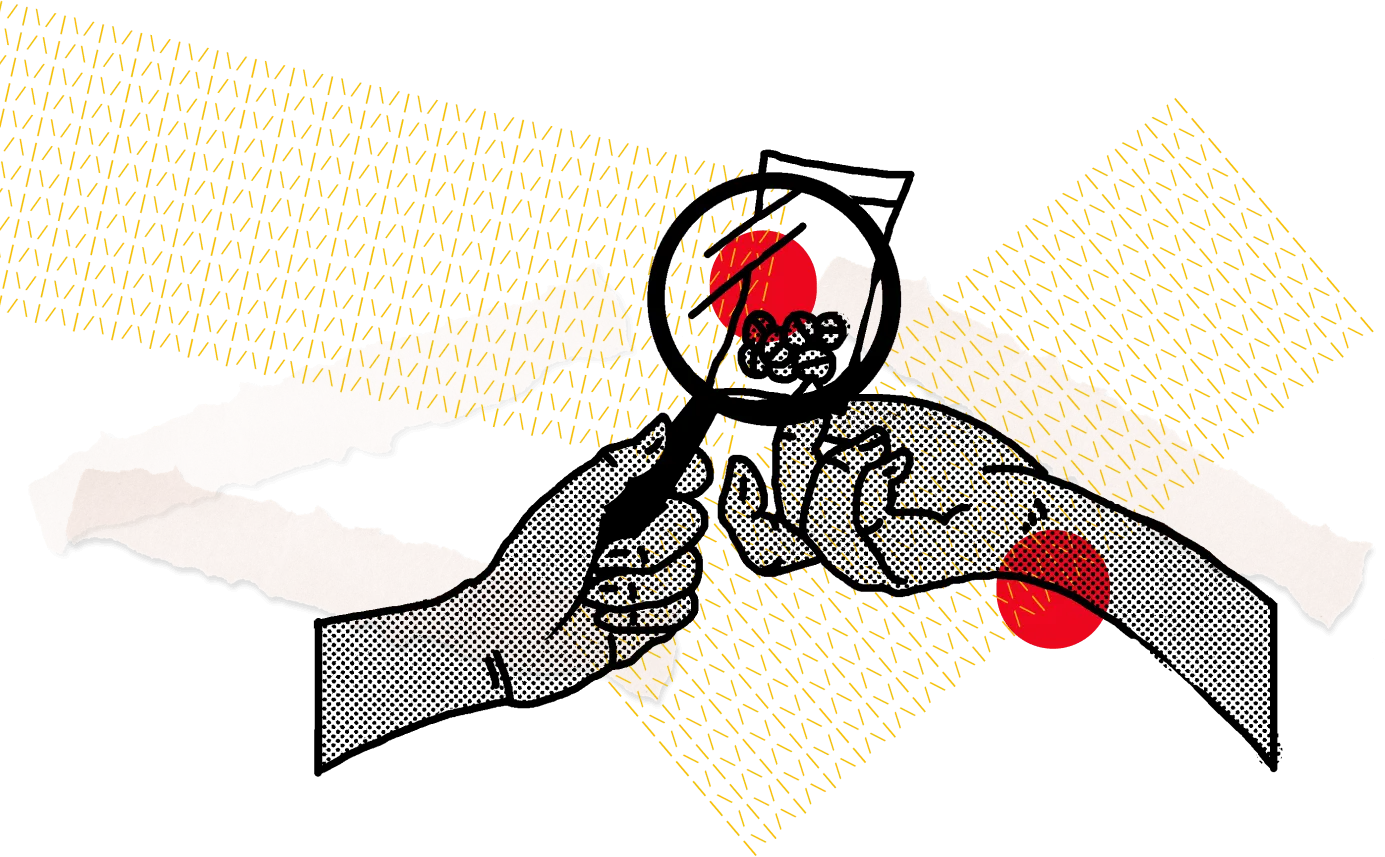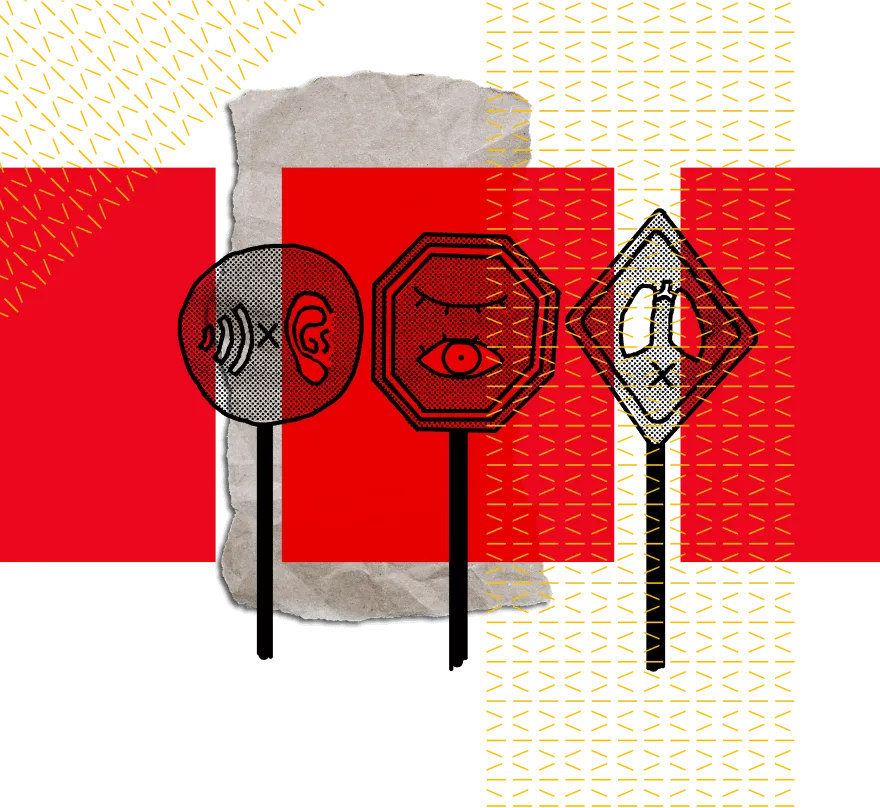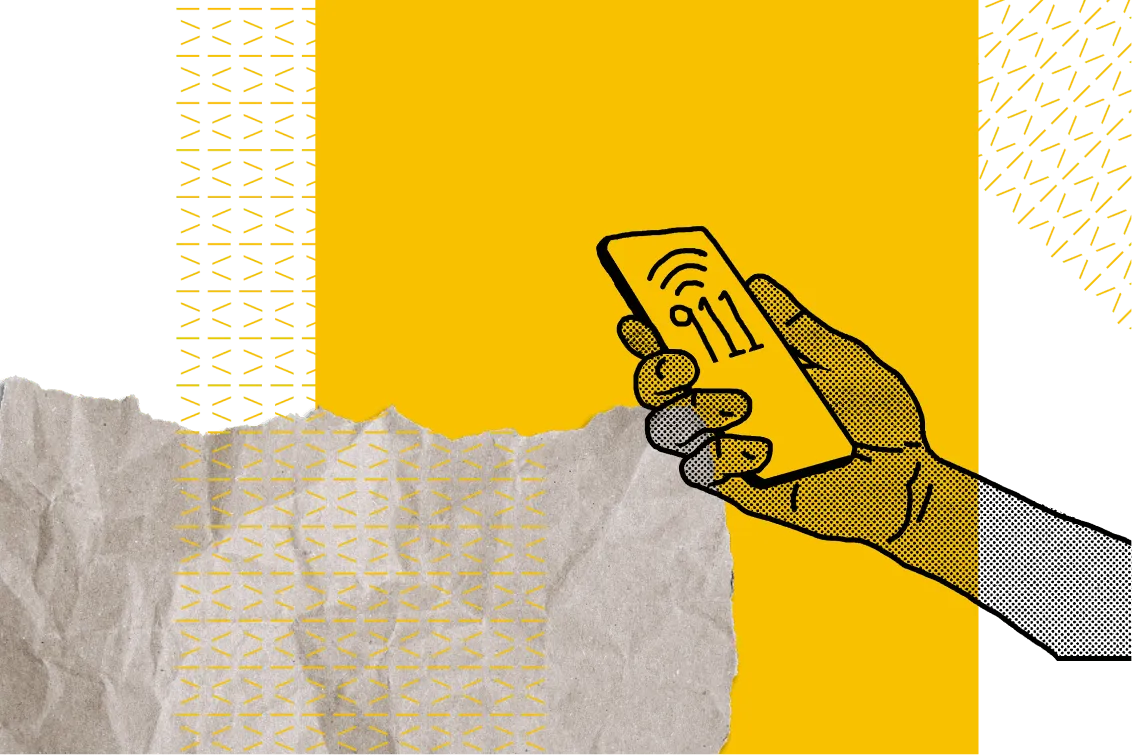Reduce the risk

Fentanyl is a powerful opioid. It can be made illegally and used to make fake pills that look like Adderall, OxyContin, Percocet, Xanax, and other drugs. Powdered drugs, like cocaine, may also be contaminated with fentanyl.
You can't see, smell, or taste fentanyl, so any drug that's not prescribed to you by a doctor could contain a deadly dose. The safest way to prevent a fentanyl overdose is to not use drugs.
